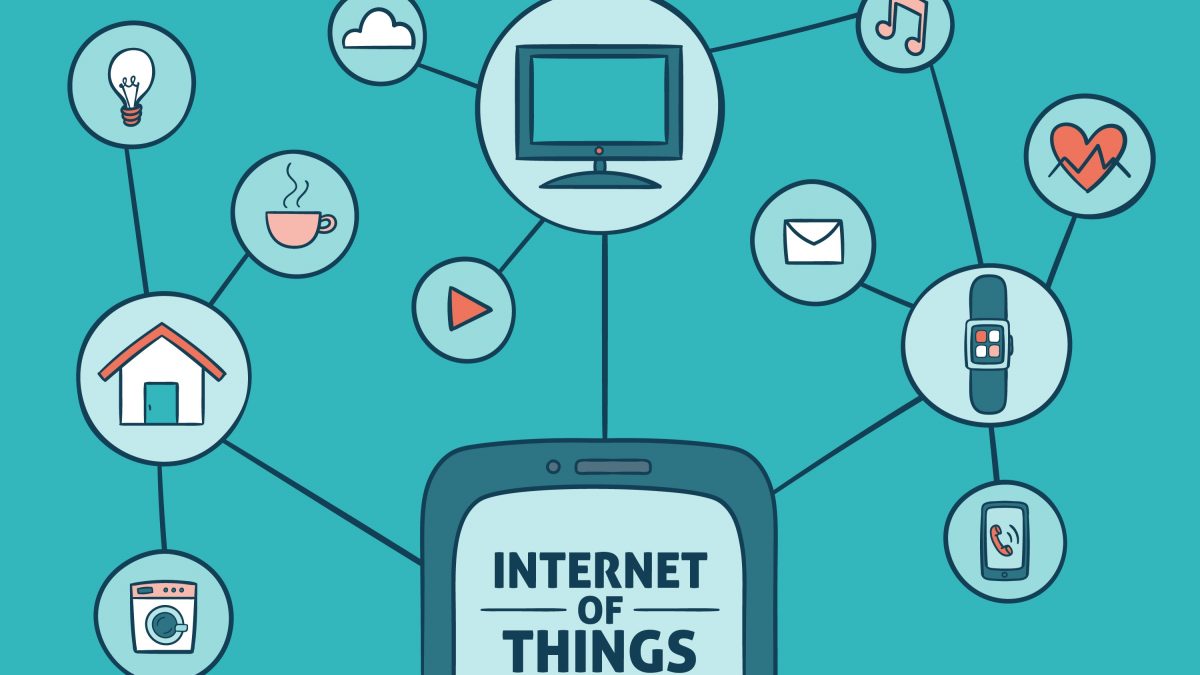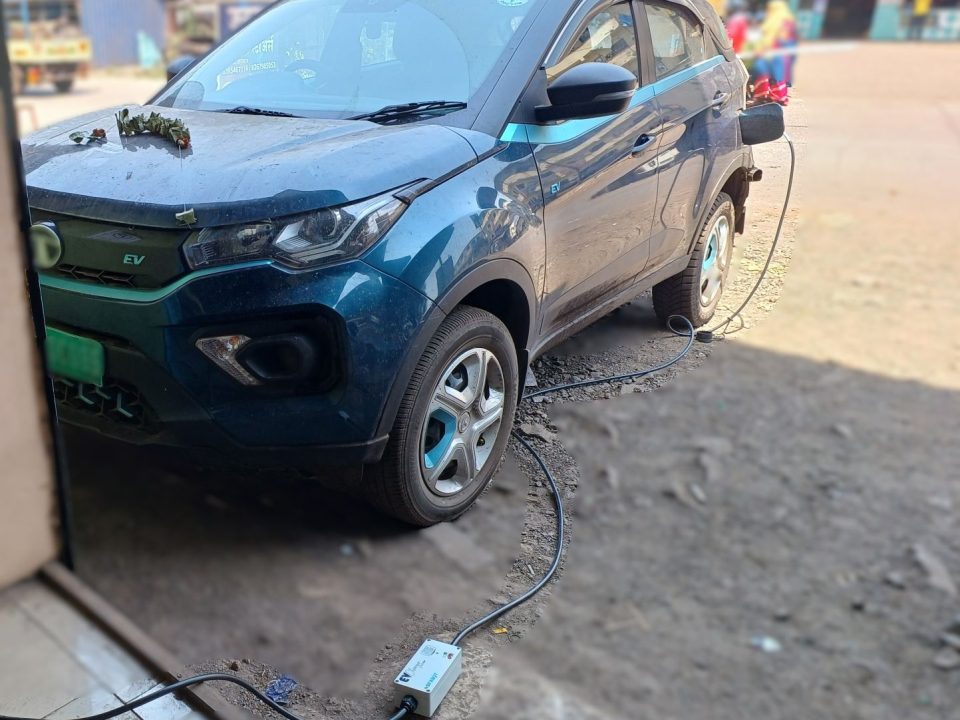IoT Devices Without Internet: Benefits and Losses
The Internet of Things (IoT) has revolutionized how we interact with technology, enabling various devices to communicate with each other and exchange data over the internet. However, not all IoT devices require an internet connection to function. While internet connectivity is central to many IoT applications, offline IoT devices have unique advantages and limitations that are worth exploring.
In this article, we'll discuss the benefits and challenges of using IoT devices without internet connectivity, and how businesses can effectively leverage this setup depending on their requirements.
What Are IoT Devices Without Internet?
IoT devices without internet are systems designed to function locally, often within a closed network. These devices communicate with each other, share data, and perform automated tasks without needing to connect to the broader internet. They might be designed for local monitoring, automation, or process control, such as industrial machinery, smart home systems, or inventory management devices that operate within a facility.
Examples include:
- Closed-Loop Industrial Systems: Devices in factories that automate processes without sending data to the cloud.
- Local Smart Home Systems: Systems where devices, such as lights, thermostats, or sensors, communicate over Bluetooth or Zigbee without needing Wi-Fi.
- Inventory Management Systems: Systems like the SLIM IoT system, which locally monitors stock levels and equipment but does not necessarily need to connect to external servers for certain functionalities.
Benefits of IoT Devices Without Internet
1.Increased Data Privacy and Security
One of the primary benefits of using IoT devices offline is enhanced privacy. Since these devices do not connect to the internet, the risk of hacking or data breaches from external attackers is minimized. Sensitive data remains within the local environment, making it more difficult for malicious entities to access.
For businesses handling confidential information or critical operations, such as healthcare providers or industrial manufacturers, an offline IoT setup can provide peace of mind.
2. Reduced Dependency on Internet
IoT devices without internet connectivity are immune to the issues associated with internet downtimes or network failures. When devices operate within a local network, they are not affected by internet outages or fluctuations in speed, making the system more reliable, especially in areas with inconsistent internet access.
For example, in industrial automation, where uninterrupted operations are essential, offline IoT devices can continue functioning without disruptions caused by internet connectivity problems.
3. Lower Costs
Using IoT devices without internet can reduce costs related to data transmission, cloud services, and network maintenance. Businesses that do not need to transfer data to remote servers or use cloud storage can avoid the recurring fees associated with these services. This setup is ideal for small businesses or startups with budget constraints who still want to take advantage of IoT technology.
4. Faster Response Times
Since data is processed locally, offline IoT devices can often provide faster response times. This low-latency communication is particularly important for time-sensitive applications like process control in factories, where split-second decisions are necessary.
For instance, local sensor-based systems can trigger actions instantly, without waiting for data to be sent to a cloud server and back.
5. Customizable and Controlled Environments
Offline IoT systems allow for more customization, particularly in environments where specific constraints or requirements are in place. Businesses can configure their systems according to their specific needs without relying on third-party platforms or cloud-based infrastructure, offering more flexibility.
Losses of IoT Devices Without Internet
Despite the benefits, IoT devices that operate without internet also come with significant limitations. Here are some of the key losses associated with this approach:
1. Limited Remote Access
One of the biggest drawbacks of IoT devices without internet connectivity is the inability to access the system remotely. Remote monitoring, control, and data collection are impossible unless the device is manually connected to the internet or an external server.
This limitation is especially challenging for businesses with multiple locations or teams that rely on real-time data from remote sites. For example, in logistics, the inability to track or manage inventory from a distance could hinder operations.
2. Lack of Cloud-Based Analytics
Many IoT devices connected to the internet leverage cloud-based analytics to process and interpret large volumes of data. Without internet access, businesses lose out on the ability to analyze data using advanced tools, predictive models, or AI-driven insights provided by cloud platforms.
As a result, offline IoT devices may struggle with complex data analysis and trend forecasting. This could limit a company’s ability to optimize operations, predict maintenance needs, or enhance overall efficiency.
3. No Software or Firmware Updates
Offline IoT devices cannot receive automatic software or firmware updates, which could leave them vulnerable to performance issues, bugs, or security risks over time. Manually updating devices can be cumbersome, particularly in industries where hundreds of devices are deployed.
Without internet connectivity, businesses must allocate time and resources to regularly update and maintain their systems, which can increase operational overhead.
4. Limited Integration with Other Systems
Many modern IoT solutions rely on internet-based ecosystems to integrate with other applications or services. For instance, smart devices that work with voice assistants like Google Assistant or Alexa require an internet connection to function properly. Without this integration, offline IoT devices can feel somewhat isolated, limiting their interoperability with other technologies.
Businesses that seek to build a seamless, integrated tech environment might find offline IoT devices restrictive in this regard.
5. Challenges with Scaling
While local IoT networks can be efficient for small-scale operations, they may pose challenges when scaling up. As the number of connected devices increases, maintaining a purely offline network can become complex and difficult to manage. Internet-based solutions, on the other hand, can scale effortlessly by utilizing cloud infrastructure.
When Should You Choose IoT Devices Without Internet?
IoT without internet is a viable option for businesses or individuals who prioritize security, reliability, and cost-effectiveness over remote monitoring and advanced analytics. It’s particularly suitable for the following cases:
- High-Security Environments: Industries where data security is paramount, such as healthcare, military, or finance, can benefit from an offline IoT setup.
- Industrial Automation: Factories that require low-latency, reliable automation processes can leverage offline IoT for immediate, localized control.
- Remote Areas with Poor Connectivity: In regions where internet access is unreliable, offline IoT devices ensure continuous functionality without relying on external infrastructure.
Conclusion
IoT devices without internet connectivity come with distinct advantages, especially in terms of security, reliability, and cost. However, they also face limitations like reduced scalability, lack of remote access, and no cloud-based insights. Businesses need to assess their unique needs and goals before choosing between internet-dependent and offline IoT solutions.
For organizations that prioritize control, speed, and security, an offline IoT ecosystem can be a game-changer. On the other hand, those looking to harness the full power of data analytics, remote management, and scalability may still find internet-connected IoT devices more advantageous.
By carefully considering the benefits and losses of offline IoT devices, businesses can make informed decisions that align with their operational objectives.




